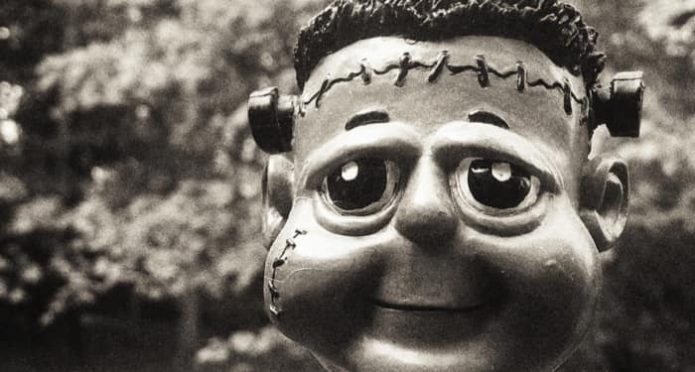We all know the story of Frankenstein’s monster. Brilliant but arrogant and reclusive scientist tampers with the stuff of life, creates pyrophobic and misunderstood colossus who proceeds to distress the villagers. Carnage ensues.
Meet the new Frankenstein with a CSR mindset
But what if Dr. Victor Von Frankenstein had been a bit more forward thinking? What if he joined the Chamber of Commerce, appointed Igor VP of External Affairs, attended community meetings and, perhaps, joined the village beautification committee.
What if ol’ Vic had become a respected member of the community and instituted a CSR (Corporate Social Responsibility) plan? Then when things went awry with the “experiment,” the villagers might have shown up with offers of help and casseroles instead of torches and pitchforks.
When products affect people’s health, the sensitivity factor goes up to 11
Burnishing your Brand with CSR
Corporate Social Responsibility (CSR) is now an important part of any company’s brand but can be especially important for those in the medical and healthcare companies. When products affect people’s health, the sensitivity factor goes up to 11.
There’s a reason why most big pharmaceutical companies have created foundations to facilitate the spread of good works (and good publicity). And you only have to flip the TV on and channel surf for a few minutes to find a lawyer’s commercial for the latest medical class action suit.
But it’s not enough just to not do bad stuff. Medical device companies, doctors, and hospitals are now expected to do good stuff.
CSR’s impact on pricing
According to a Nielson study, 66 percent of consumers are willing to spend more on a product if it comes from a socially responsible brand: Millennials come in even higher at a whopping 73 percent. Millennials want companies to be actively invested in the betterment of society and the solution of social problems. They want companies to “make a positive impact” in their communities. And they don’t mind pitching in, as customers, to help with a company’s good work.
Think of Loads of Hope Program, or Tom’s shoes.
A study by the Haas School of Business at the University of California Berkeley shows that over 90% of Millennials would switch brands to one associated with a cause. Here are a few guidelines for a good CSR program:
- Your CSR program must be authentic. It can’t be viewed as shallow effort or a box-checking exercise.
- Your program should be tied to your brand but in a positive way. Dawn dish liquid doing oil spill cleanup is a home run; If Dawn can keep the grease off your dishes, think of what it can do to clean oil from a waterfowl
- Fuel your CSR program with real resources and investment from the C-Suite. Your CSR program manager should have a seat at the big table or you run the risk never making an impact. No less than Howard Shultz, the Executive Chairman of Starbucks is the public face of their Upstanders initiative.
- Provide a way for your customers to get involved. Upstanders doesn’t just provide great branding content for Starbucks but also includes the mechanisms to let customers get involved.
If your company is interested in strategizing, designing or implementing a CSR plan, we can help. Drop us a line and let’s get to work!







